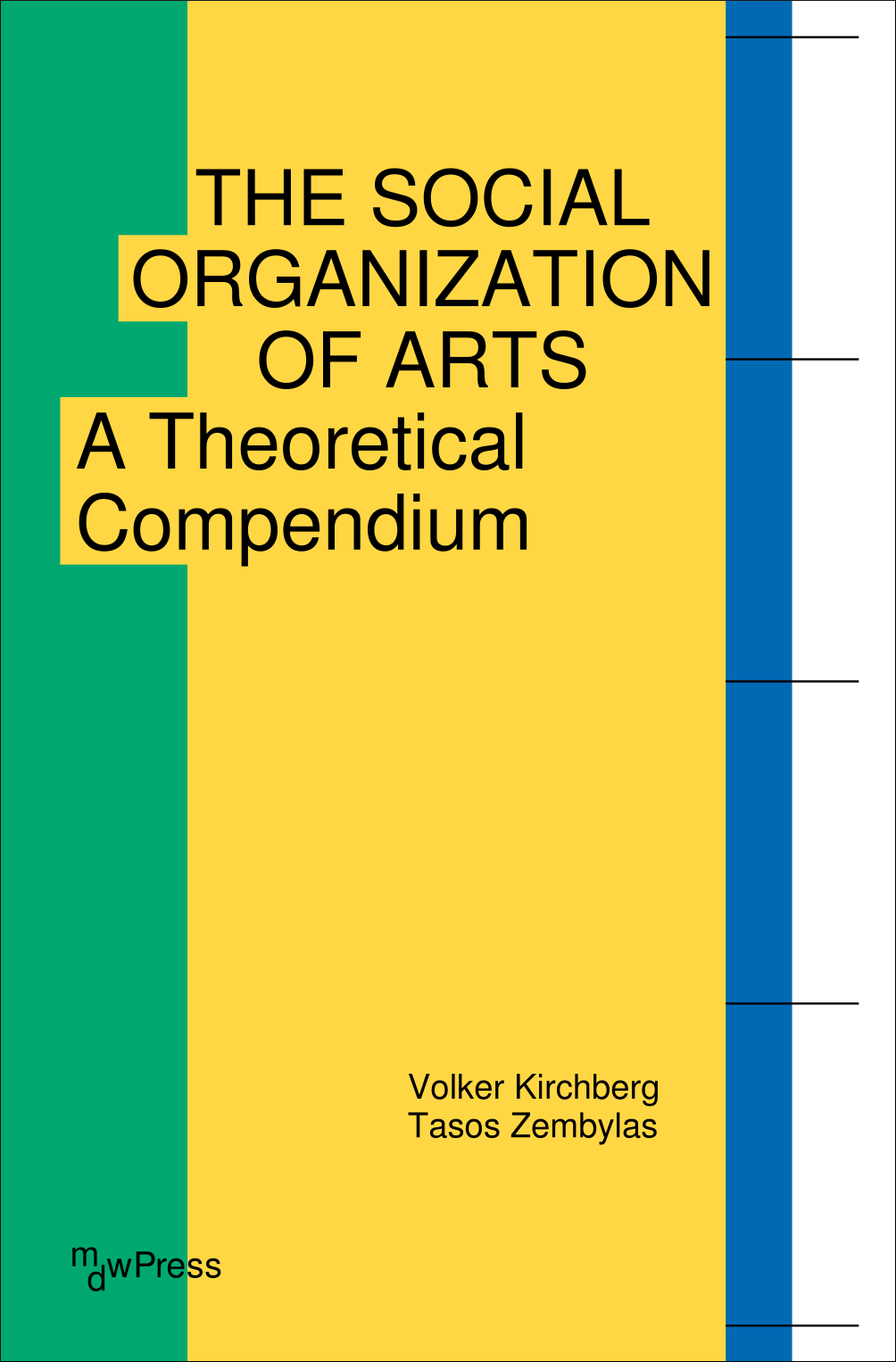Volker Kirchberg and Tasos Zembylas
Preface
Chapter 1 | Introduction
1 Some general notes on sociological models and metaphors
2 What organizes arts? Some cornerstones of this compendium
3 Limits and pitfalls of studying the social organization of arts
4 Overview
PART I
Chapter 2 | Art Worlds as Collectives
1 An introduction to Becker’s thinking
2 The condition of cooperation in the creation of art
3 Conventions as outcomes of collective actions
4 Division of labor in art worlds
5 Art worlds as a holistic approach
6 Extension of the art worlds perspective: the sociological focus on artworks
7 Critique of Becker’s art worlds
Chapter 3 | Fields of Cultural Production
1 The concept of field as a structural approach for analyzing cultural production
2 The historical development of the artistic field: the antagonistic structure of art and money
3 A general model of the structure of the field of cultural production
4 Acting in the artistic field: Bourdieu’s view of practice
5 Changes in the field of cultural production: struggles, conversions and the dialectic of distinction
6 Critique of Bourdieu’s field theory
Chapter 4 | The Organization of Art as a Social System
1 General introduction to Luhmann’s systems theory
2 Central concepts: complexity, functional differentiation, autopoiesis and contingency
3 Specific characteristics of the art system
4 Critique of Luhmann’s systems theory
5 Extending Luhmann’s art systems theory
Chapter 5 | A Comparative Discussion of the Theories of Becker, Bourdieu and Luhmann
1 Sociological models
2 Understandings of art
3 Understandings of social relations in organizational arrangements
4 Conceptions of autonomy
5 Conceptions of change
6 Epistemic potentials and inherent limitations of the three theories
PART II
Chapter 6 | The Production of Culture Perspective
1 Key terms of the Production of Culture Perspective
2 Main focuses in the Production of Culture Perspective
3 Critique of the Production of Culture Perspective
Chapter 7 | Sociological Neo-Institutionalism: Organization of Arts as a Social Construction
1 Roots: old institutionalism
2 The emergence of Neo-Institutionalism
3 Central concepts of Neo-Institutionalism
4 Critique of Neo-Institutionalism
Chapter 8 | Cultural Institutions Studies
1 Theoretical foundations and basic concepts
2 Main research topics of Cultural Institutions Studies
3 Critique of Cultural Institutions Studies
Chapter 9 | Comparing the Production of Culture Perspective, the Sociological Neo-Institutionalism and the Cultural Institutions Studies
1 Context as a major concept for comparing the three middle-range theories
2 The Cultural Diamond template of comparing the middle-range theories
3 Conclusion: Comparing the three middle-range theories
Chapter 10 | Networking the Arts – Going Beyond the Discussed Theories
1 Social network analysis as a tool to analyze liquid organizing in arts
2 The network principle as a condition for the “new spirit” of capitalism
3 Connecting relational network analysis with semantic network analysis
4 Outlook: advancing the study of dynamics in organizing arts
Appendix
References
List of Figures
About mdwPress
This work is licensed under the Creative Commons Attribution-ShareAlike 4.0 International License.

This publication received financial support from the Open Access Fund of mdw – University of Music and Performing Arts Vienna, the publication fund NiedersachsenOPEN, funded by zukunft.niedersachsen, and Leuphana University of Lüneburg.


